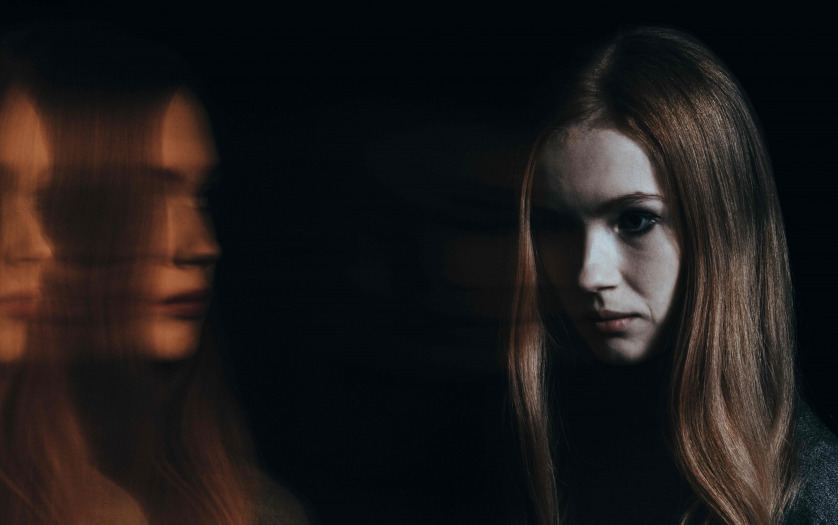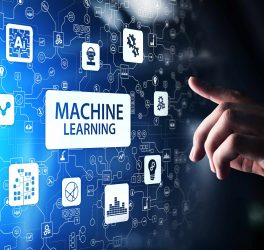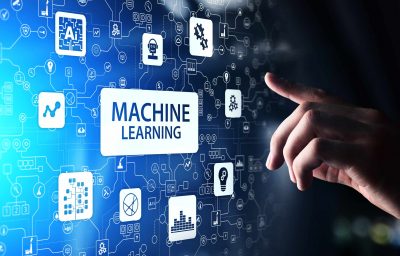
Experts at the University of Tokyo are combining machine learning with brain imaging tools to redefine the standard for diagnosing schizophrenia and autism.
“Psychiatrists, including me, often talk about symptoms and behaviors with patients and their teachers, friends and parents. We only meet patients in the hospital or clinic, not out in their daily lives. We have to make medical conclusions using subjective, secondhand information,” explained Dr. Shinsuke Koike, M.D., Ph.D., an associate professor at the University of Tokyo and a senior author of the study recently published in Translational Psychiatry.
“Frankly, we need objective measures,” said Koike.
Other researchers have designed machine learning algorithms to distinguish between those with a mental health condition and nonpatients who volunteer as “controls” for such experiments.
“It’s easy to tell who is a patient and who is a control, but it is not so easy to tell the difference between different types of patients,” said Koike.
The UTokyo research team says theirs is the first study to differentiate between multiple psychiatric diagnoses, including autism and schizophrenia. Although depicted very differently in popular culture, scientists have long suspected autism and schizophrenia are somehow linked.
“Autism spectrum disorder patients have a 10-times higher risk of schizophrenia than the general population. Social support is needed for autism, but generally the psychosis of schizophrenia requires medication, so distinguishing between the two conditions or knowing when they co-occur is very important,” said Koike.
A multidisciplinary team of medical and machine learning experts trained their computer algorithm using MRI (magnetic resonance imaging) brain scans of 206 Japanese adults, a combination of patients already diagnosed with autism spectrum disorder or schizophrenia, individuals considered high risk for schizophrenia and those who experienced their first instance of psychosis, as well as neurotypical people with no mental health concerns. All of the volunteers with autism were men, but there was a roughly equal number of male and female volunteers in the other groups.
Machine learning uses statistics to find patterns in large amounts of data. These programs find similarities within groups and differences between groups that occur too often to be easily dismissed as coincidence. This study used six different algorithms to distinguish between the different MRI images of the patient groups.
The algorithm used in this study learned to associate different psychiatric diagnoses with variations in the thickness, surface area or volume of areas of the brain in MRI images. It is not yet known why any physical difference in the brain is often found with a specific mental health condition.








